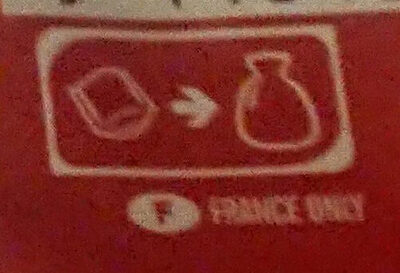Lotus Since 1932 - 150 g
This product page is not complete. You can help to complete it by editing it and adding more data from the photos we have, or by taking more photos using the app for Android or iPhone/iPad. Thank you!
×
Barcode: 5410126006360 (EAN / EAN-13)
Quantity: 150 g
Packaging:
Plastic, Green dot, Mixed plastic-packet
Brands: Lotus
Categories: Snacks, Sweet snacks, Biscuits and cakes, Biscuits, Filled biscuits, Speculoos
Labels, certifications, awards: Vegetarian, Vegan, No colorings, No flavors
Traceability code: 2246370
Link to the product page on the official site of the producer: https://www.lotusbakeries.fr/produits/lo...
Stores: Kaufland, Willy's, carrefour.fr, Woolworths, Coles, Leclerc
Countries where sold: Australia, Belgium, Czech Republic, France, Italy, Slovakia, Spain, Sweden
Matching with your preferences
Report a problem
Data sources
Product added on by kiliweb
Last edit of product page on by jonashile.
Product page also edited by aquilax, archanox, bigon, date-limite-app, driveoff, ecoscore-impact-estimator, feat, foodless, g123k, grumpf, inf, nakitsuro, openfoodfacts-contributors, packbot, risajanda, scanbot, swipe-studio, takoyaki, thaialagata, vaporous, yuka.V2IwRE43MHMvcWtIZ3NNUTBCRFUyTjBwKzVtQWVHaXpFL3NESVE9PQ, yuka.sY2b0xO6T85zoF3NwEKvlhN-ccbXpTjeGkHkqGKQ2-y8da3Gc_Ap5pT7E6o, yuka.sY2b0xO6T85zoF3NwEKvlhccSv3Yhw_fKRLTulyizMywKLHjYPYu2KXnaas, yurienu.










